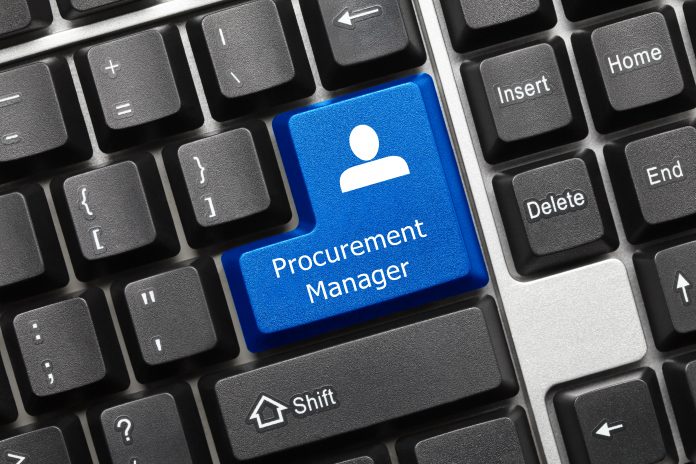Richard Blanford, Chief Executive of Fordway, discusses how technology procurement frameworks help organisations speed up purchasing and obtain better value services
It’s eight years since the G-Cloud framework was launched, with the aim of speeding up procurement, reducing costs and helping public sector organisations benefit from the flexibility, agility and innovation in small and medium-sized enterprises (SMEs). The framework is now on its 11th iteration and has been followed by Digital Outcomes and Specialists (DOS), Digital Services and Technology Services.
On the surface, these frameworks have been extremely successful in giving SMEs access to public sector business. According to GovSpend, 49% of spending on the Government’s Digital Marketplace (G-Cloud, DOS and Digital Services) went to SMEs in 2015, although this fell to 39% in 2019. While they have enabled SMEs such as us to win significant public sector business, an increasing number of contracts are now going to large IT vendors such as Capgemini, Deloitte, IBM, as well as large cloud suppliers such as Amazon Web Services and Microsoft.
This raises the question of whether the frameworks are actually achieving their objectives. They will only be successful if they give buyers what they need, so what are their benefits and how can they be improved?
Speeding up procurement and increasing value
For public sector organisations, the frameworks offer an opportunity to move away from time-consuming procurement exercises which lock them into a long, expensive contract with a large systems integrator whose solution may not have been the most innovative, best value or even the most suitable for their needs. Instead, they can select from pre-qualified suppliers and compare services and prices before writing their tender, because all suppliers have to include pricing information. In effect, they are buying a commodity service from a specialist, rather than a bespoke service from a large integrator.
They can spread the risk of supplier lock-in and dependency by using different suppliers for individual services, creating the best solution for their needs rather than a package put together by an integrator. This should enable them to get better results and ultimately provide the public with better services. Reference contacts are also available for all suppliers, and many use them. One organisation had in-depth conversations with all three of our reference customers when awarding us a contract through G-Cloud.
Meanwhile, SMEs can bid directly and competitively for public sector work appropriate to their expertise and skills. They no longer have to bid as a subcontractor to a much larger prime contractor, which both slows down procurement and adds an additional mark-up which a fiscally challenged public sector can do without. When the Technology Services 2 (TS2) framework was launched, for example, the Crown Commercial Service (CCS) estimated that it could help public bodies to save more than £180 million over four years.
Continual improvements based on user feedback
One of the advantages of frameworks is that each new iteration is improved based on buyer and vendor feedback. For example, G-Cloud initially had a fixed two-year term for contracts. Our customers and others pointed out that migrating onto a new service can take at least half that time which gave too short a period to realise the savings and hence made a move to cloud less cost-effective. CCS listened and G-Cloud agreements can now be extended up to four years, while in TS2, call-off contracts can be from two years to a maximum of seven, with no further OJEU process needed. This is vital for larger projects and any which involve bespoke development, as they need a longer period to deliver the required return on investment.
Buyers are still wary
The biggest challenge is changing traditional attitudes to procurement. Public sector buyers are by nature risk-averse, and I think many are still a little wary of these frameworks. Some still tend to favour larger, more traditional and on-premise suppliers. Addressing this means explaining that frameworks do not sidestep the competitive procurement process; they simply give organisations an overview of relevant services before they begin procurement, speeding up the process and reducing the cost. Vendors can assist by making their customers and prospects aware that this purchasing route is available.
Some contractual terms may not suit all buyers, but this can be addressed by choosing the right framework for your needs. G-Cloud is ideally suited to a relatively standardised cloud service, whereas TS2 is more appropriate for an organisation looking for a bespoke deal.
Purchasers need to understand that frameworks enable them to procure the exact services they need, as well as an opportunity to compare services, costs and references between well-known and new suppliers. The benefits include rapid deployment, agility, access to innovation and reduced costs. Given the traditionally high cost of public sector procurement, the use of these frameworks should ultimately benefit all taxpayers.











